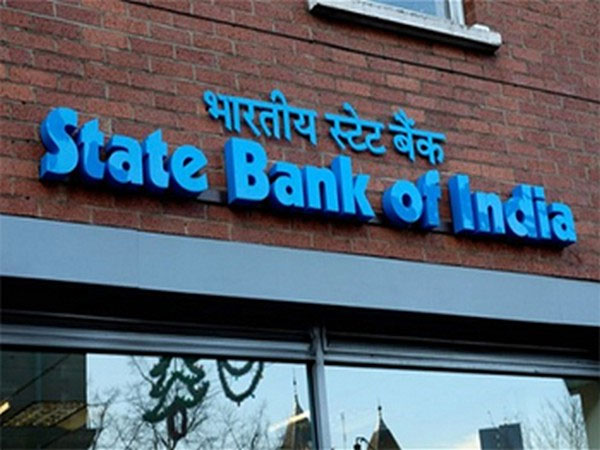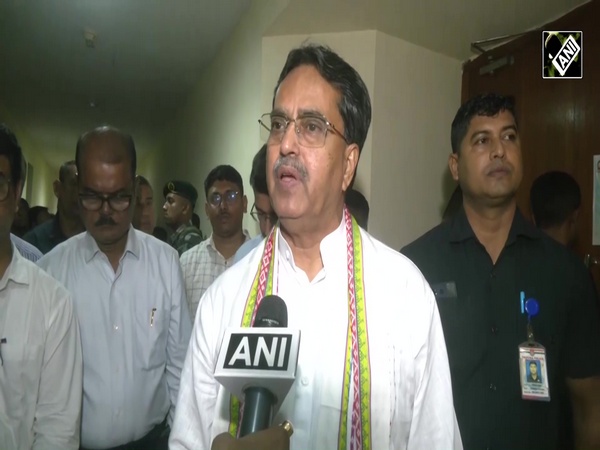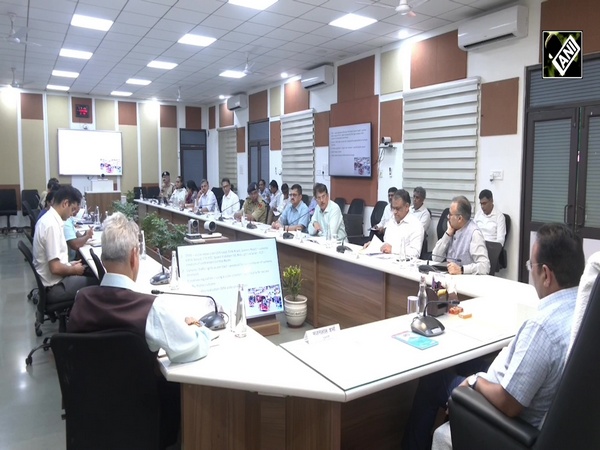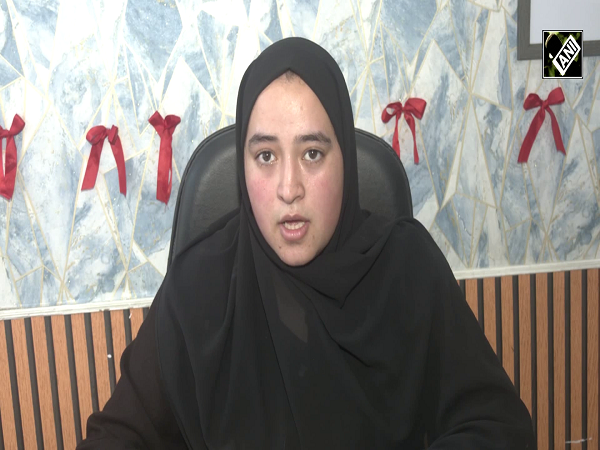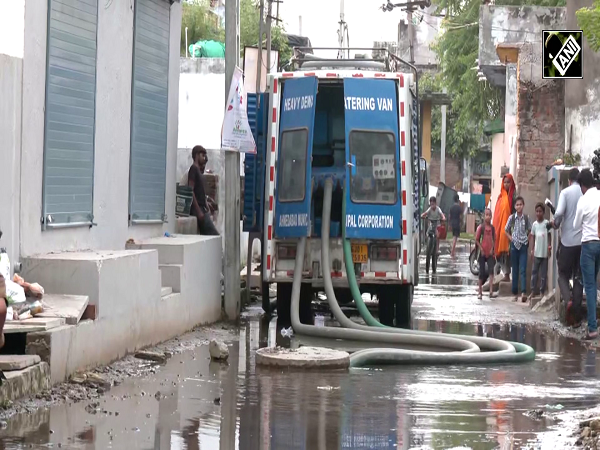
Microfinance sector in India shows early signs of stress abating: Macquarie
Jun 13, 2025
New Delhi [India], June 13 : The Indian microfinance (MFI) sector is showing early signals of abating stress, due to the positive outlook based on improving portfolio quality data from CRIF Highmark for Q4 FY25 and April 2025, as revealed in a recent report from Macquarie.
CRIF Highmark, with its extensive database, is one of India's leading credit information providers, certified and licensed by the Reserve Bank of India (RBI).
Macquarie's call with the CRIF Highmark revealed that top microfinance institutions (MFIs) have undertaken aggressive write-offs and cleaned their books, leading to better portfolio selection through improved origination data. This is expected to result in a downward trend for FY26 delinquencies and credit costs.
MFIN, a self-regulatory body, has played a crucial role by tightening guidelines on loan limits and the number of lenders, fostering discipline and improving portfolio origination in the MFI space.
Consequently, there's been a gradual increase in the share of borrowers with two or fewer lenders.
While the MFI sector shows improvement, CRIF Highmark data indicates that stress has spread to other loan categories like auto and business loans, which have seen an increase in delinquencies and portfolio at risk (PAR) books.
Geographically, among states, Tamil Nadu is exhibiting some early signs of stress, and Karnataka has experienced a significant rise in delinquency. However, Bihar's MFI book remains stable and is the largest in the sector.
The report says these regional trends will be important to monitor, ahead of the October/November 2025 elections.
Within the four main categories of microfinance providers (banks, NBFCs, NBFC-MFIs, and small finance banks), NBFCs have demonstrated the best portfolio quality. This is attributed to their use of digital sourcing, superior loan underwriting, and effective selection of segments and geographies.
Looking ahead, long-term growth for the sector is expected to be subdued due to prudent practices informed by past experiences. A welcome move by the RBI to reduce qualifying assets for the MFI space from 75 per cent to 60 per cent will help MFI players diversify their asset base and mitigate concentration risk.

